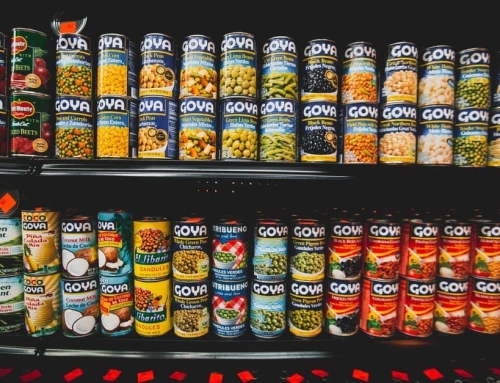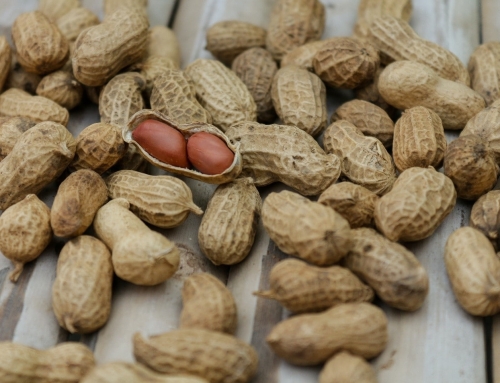
Are you one of the billion coffee drinkers in the world? Or do you prefer a hot cup of tea to start your day? Can’t get through a workday without your favourite energy drink or a can of soda? It’s safe to say that most adults find themselves relying on some form of caffeine or the other.
But how do our bodies process and metabolize caffeine? We’ll take a look at how this process pans out in more detail below:
How caffeine affects the human body
Caffeine is processed and broken down primarily by the liver, where it mimics adenosine, a molecule that helps improve brain activity and function, as well as boosting relaxation. Caffeine molecules prevent adenosine from doing its job, thus leaving you feeling more alert, awake, and energetic—the inhibiting effect results in greater activity and higher energy levels for the person consuming it.
It takes anywhere from 10 to 45 minutes, sometimes more, for caffeine to fully absorb into your system, which is why it doesn’t work when you load up on too much, too fast. You need to give it time to kick in.
If you need it to get through work or wake up in the morning, have it before you start, so you have time to feel its effects in full-swing.

How much is too much caffeine
While caffeine is great for you in different ways, you also need to know where to draw the line. There are people who require or depend on more than the average amount, but anything more than 400 mg of coffee a day can quickly become too much. According to Mayo Clinic, that’s about 10 cans of cola or 4 cups of coffee, which is more than enough for a healthy adult.
Regularly consuming excessive amounts of caffeine, especially through coffee and energy drinks, can have side effects like headaches, insomnia, frequent urination and dehydration, among others. Another sign is caffeine aversion and sensitivity, which can happen at random.
What are the different forms of caffeine?
While most of us are used to the caffeine in coffee, there are several forms of it. Not only does it exist in supplements, but it is also present in tea, sodas, energy drinks, and certain foods like chocolate. We consume many of these foods throughout the day, so it’s important to monitor your overall intake. Don’t pair different forms of coffee, especially without other foods, otherwise, there is a chance of you developing side effects.
Caffeine is found in many foods and beverages that we regularly consume, sell, and market to the public. Knowing about the effects of these compounds can help you make better decisions and stay on track with various quality and safety controls and standards.
You can learn more about food safety through our professional courses, which are ideal for food handlers who are working in Canada, among other professionals in the industry. We also offer brand protection services to help you regulate products and educate your staff on correct food safety.


